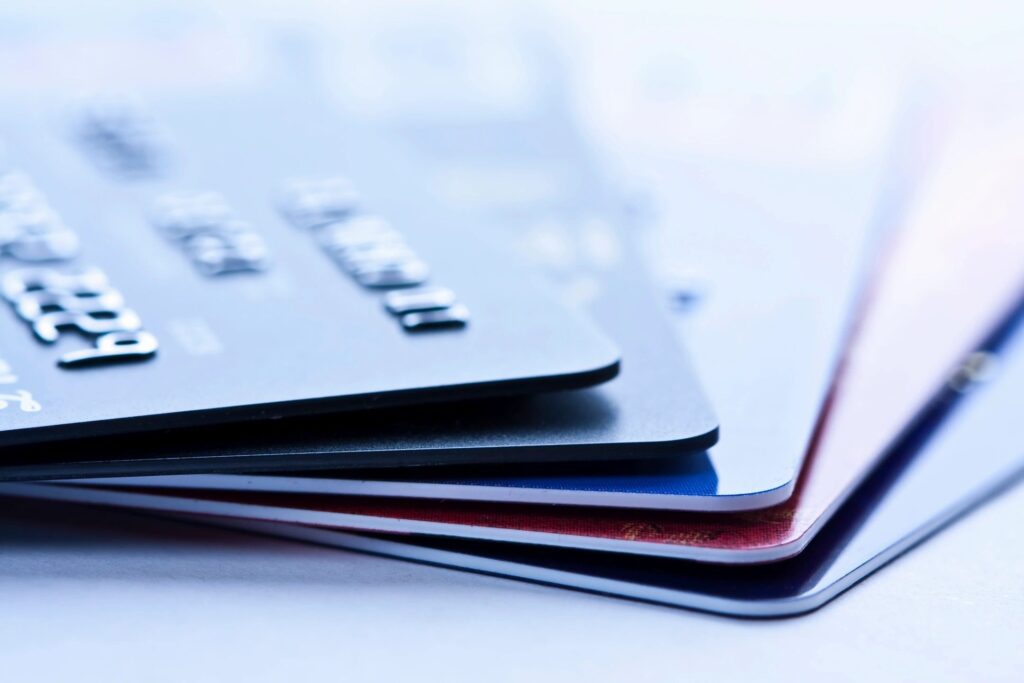One of the most important steps that people need to take to protect their financial health is to save for retirement. While there are lots of options that people can use to save for retirement, one example is called an Individual Retirement Account, also known as an IRA. Some of the most common IRA examples that people know include Roth IRAs and regular IRAs. One commonly overlooked option is a gold IRA. This is an important retirement savings vehicle that people should know.

What Is this IRA?
Also called a precious metals IRA, this is an Individual Retirement Account that uses gold and other approved precious metals as a way to benefit the retirement savings of the account holder. Like other IRA options, there are rules regarding how and when someone can withdraw assets from the IRA. In contrast to a regular IRA, which holds papers and other virtual assets, a precious metal IRA holds bars and bullion coins. This is a self-directed IRA, meaning that it is run by the account holder instead of a third-party. Furthermore, this type of IRA also allows the account holder to have access to more diverse investments.
What Can Be Held in this IRA?
If someone has a precious metals IRA, there are four separate items that can be held in this account. They include gold, platinum, palladium, and silver. These items must be held in an IRS-approved bar or coin form. Without a doubt gold is the most common item purchased, leading to the name of this account.
Why Does Someone Have a Precious Metals IRA?
The main reason why someone might want to have a precious metals IRA is that this can be used as a hedge against inflation, helping people manage their risk. Over time, the value of paper money is going to drop due to inflation. For example, the price of a gallon of milk today is far greater than it was fifty years ago. This is largely due to inflation. While paper money loses value over time, precious metals do not. For this reason, this type of IRA can be a valuable asset for those looking to save for retirement.
Use an IRA to Save for Retirement
A precious metals IRA can be a key retirement vehicle. It is critical for everyone to plan for the future. This means taking care of their financial health using an IRA.




